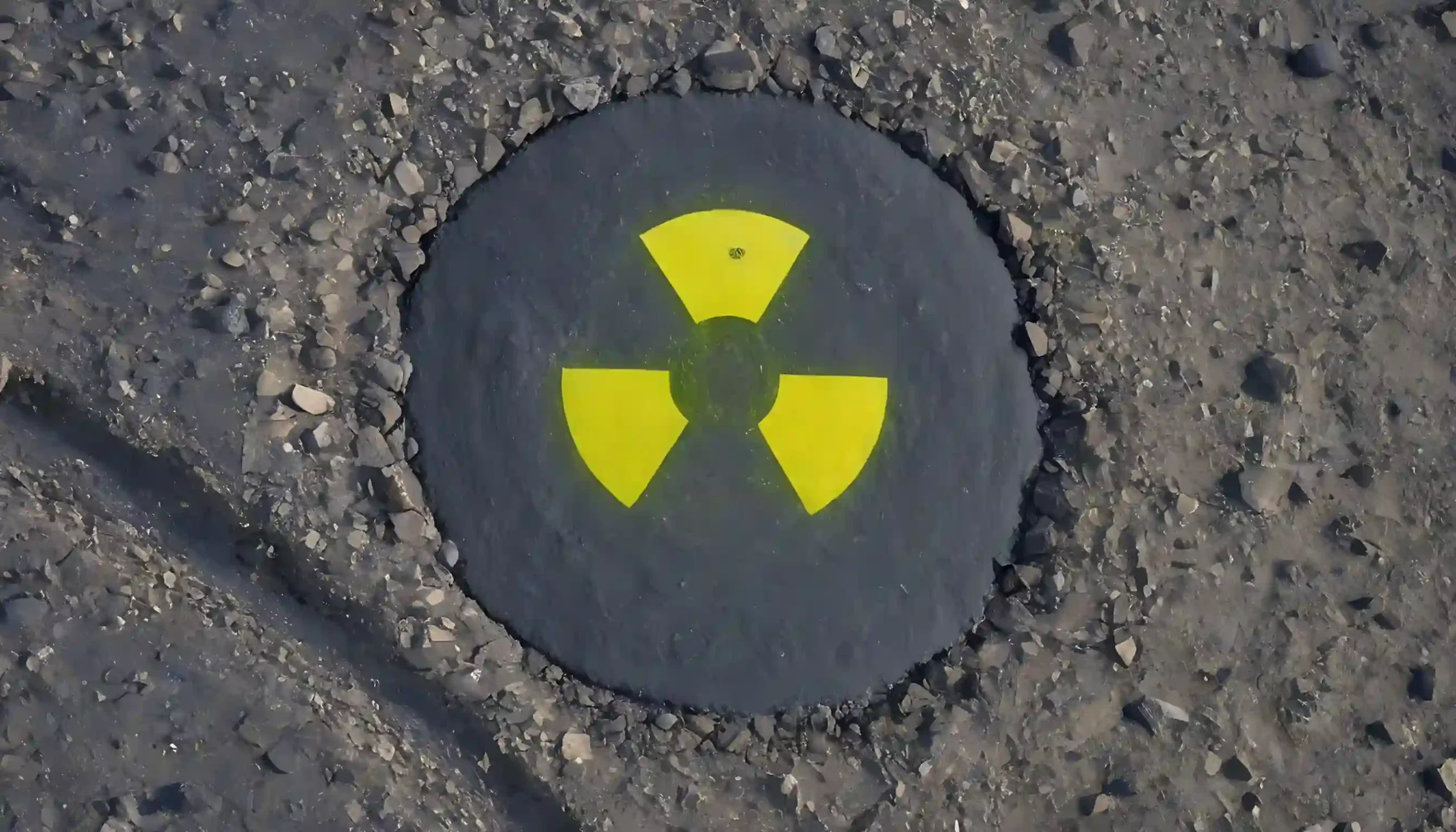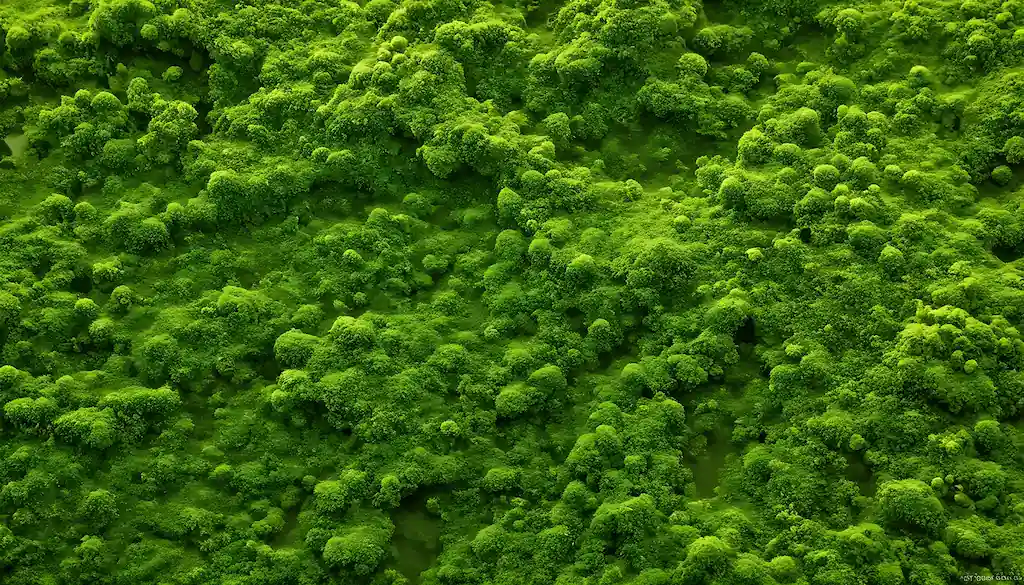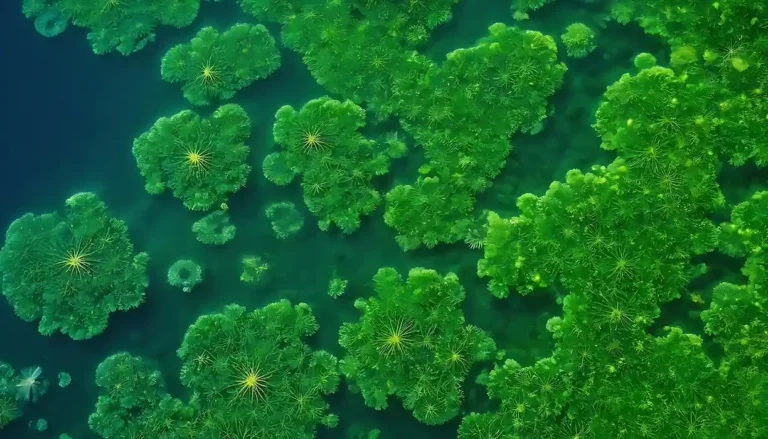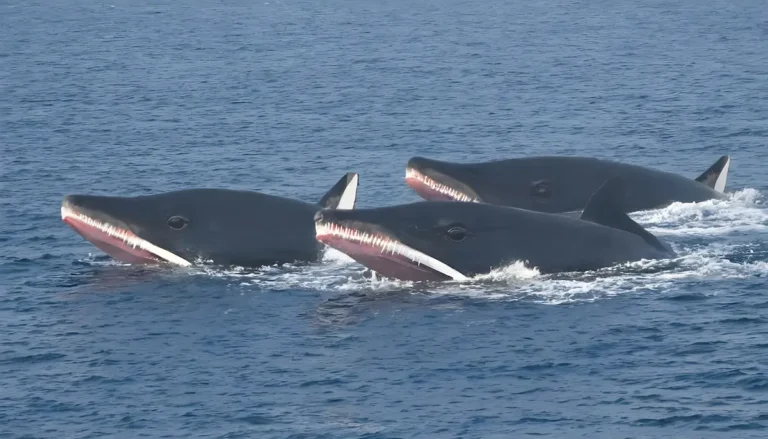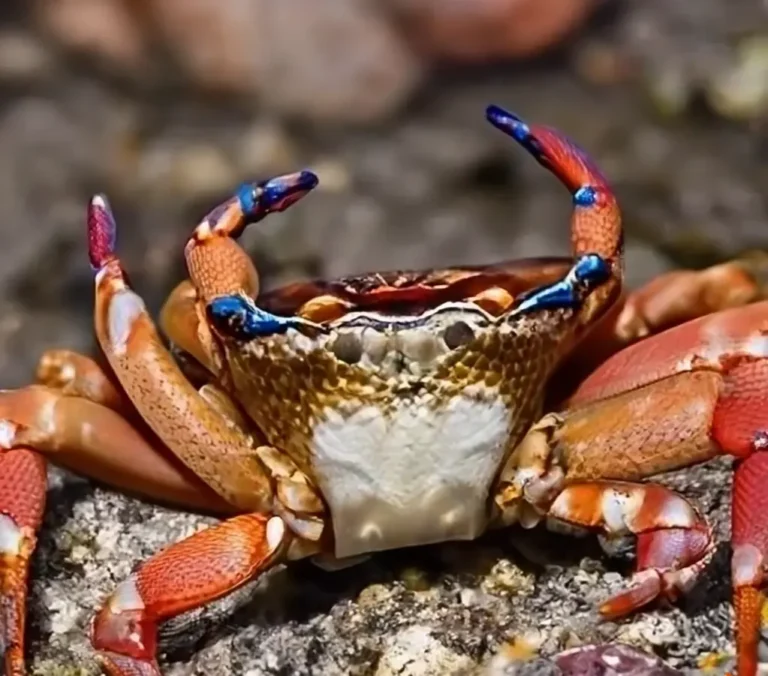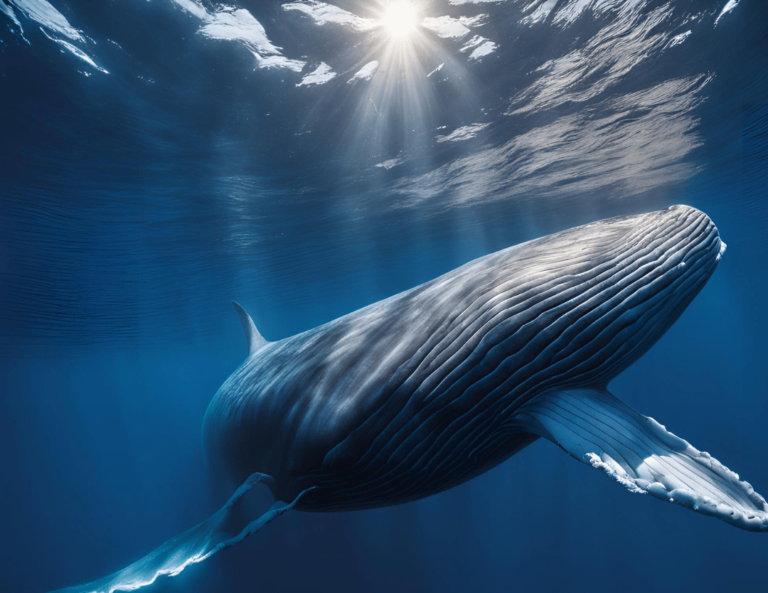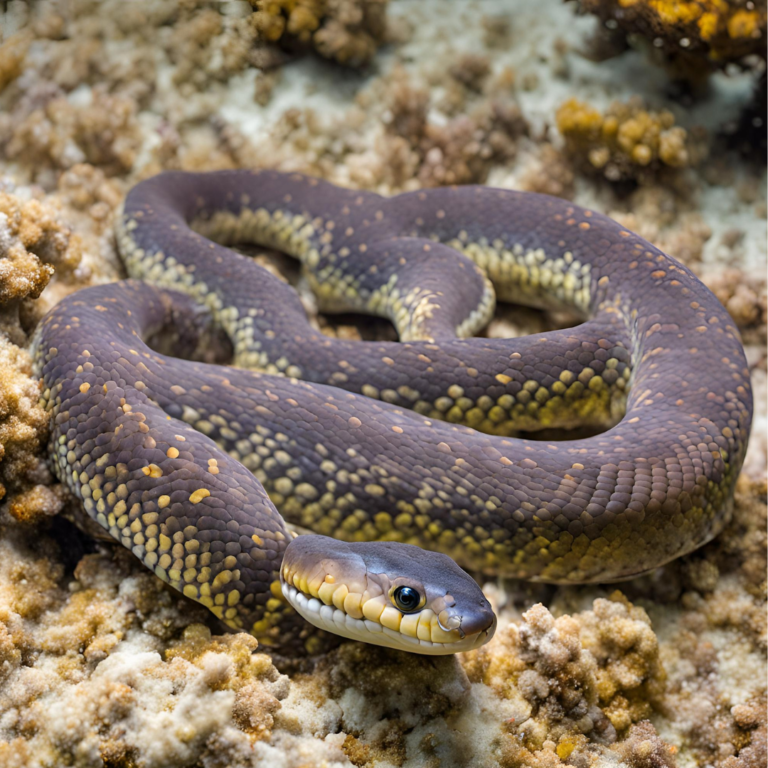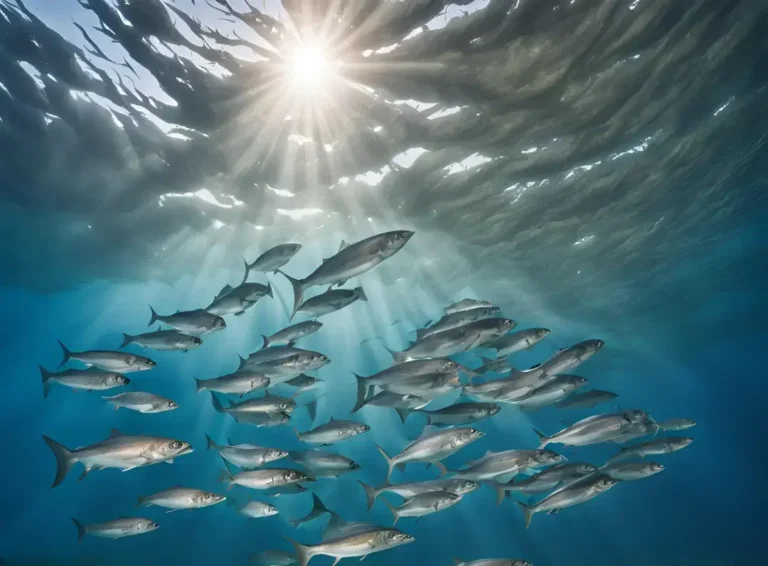Marine Microorganisms Battling Uranium
- Uranium as a Radionuclide:
- Uranium is a typical radionuclide and serves as the fundamental material for nuclear powers.
- It is sensitive to radioactive wastewater resulting from uranium mining, spent fuel reprocessing, daily production, and nuclear accidents.
- Chemical Forms of Uranium:
- Uranium exists in different chemical states, primarily as U(IV) (e.g., UO2) in anaerobic environments and as U(VI) (e.g., free UO22+) in aerobic environments.
- U(VI) is considered the most toxic and hazardous form due to its high solubility.
- Environmental Control:
- The solubility, mobility, and toxicity of U in nature are influenced by its chemical states and environmental conditions.
- The solubility, mobility, and toxicity of U in nature are influenced by its chemical states and environmental conditions.
- Pollution Control Strategies:
- Adsorption, biomineralization, and biological reduction are considered primary mechanisms for immobilizing U(VI).
- Microorganisms, particularly marine microorganisms like V. alginolyticus, are explored for their potential in U(VI) pollution control.
- Adsorbents and Microorganisms:
- Adsorbents, including microorganisms, are viewed as potential materials for U(VI) pollution control due to their high selectivity, low cost, and simplicity.
- Microorganisms possess organic functional groups on their surfaces (amino, carboxyl, phosphate) that can serve as adsorption sites for U(VI) immobilization.
- Biomineralization and Biological Reduction:
- Microorganisms, such as iron and sulfate reducing bacteria, contribute to U(VI) immobilization through biomineralization and biological reduction mechanisms.
- Microorganisms, such as iron and sulfate reducing bacteria, contribute to U(VI) immobilization through biomineralization and biological reduction mechanisms.
- Challenges and Future Work:
- Challenges include the stability of non-crystalline U(IV), re-oxidation processes affecting long-term stability, and the need for effective methods for eliminating U(VI) pollution, especially in coastal nuclear power areas.
- Challenges include the stability of non-crystalline U(IV), re-oxidation processes affecting long-term stability, and the need for effective methods for eliminating U(VI) pollution, especially in coastal nuclear power areas.
- Role of Marine Microorganisms:
- The study focuses on marine microorganisms, particularly V. alginolyticus, as representatives for evaluating U(VI) immobilization in radioactive pollution cleanup in coastal areas where nuclear powers are located.

- Physicochemical Properties of V. alginolyticus:
- The study focuses on V. alginolyticus, a primary microorganism in seawater, and evaluates its physicochemical properties.
- The study focuses on V. alginolyticus, a primary microorganism in seawater, and evaluates its physicochemical properties.
- Biomineralization Capability:
- The biomineralization capability of V. alginolyticus is explored. Biomineralization refers to the process by which living organisms produce minerals.
- The biomineralization capability of V. alginolyticus is explored. Biomineralization refers to the process by which living organisms produce minerals.
- Mechanism of U(VI) Immobilization by V. alginolyticus:
- The text suggests that the study investigates the mechanism by which V. alginolyticus immobilizes U(VI) pollution. This involves understanding how the microorganism interacts with and sequesters uranium.
- The text suggests that the study investigates the mechanism by which V. alginolyticus immobilizes U(VI) pollution. This involves understanding how the microorganism interacts with and sequesters uranium.
- Environmental Conditions and U(VI) Immobilization:
- The effects of environmental conditions on the immobilization of U(VI) pollution by bacteria, especially marine microorganisms, are mentioned. This aspect underscores the importance of considering external factors in pollution control strategies.
- The effects of environmental conditions on the immobilization of U(VI) pollution by bacteria, especially marine microorganisms, are mentioned. This aspect underscores the importance of considering external factors in pollution control strategies.
- Challenges in Coastal Nuclear Power Areas:
- The text emphasizes the challenges associated with eliminating U(VI) pollution from coastal nuclear power areas. These challenges may be unique due to the proximity of nuclear facilities to marine environments.
- The text emphasizes the challenges associated with eliminating U(VI) pollution from coastal nuclear power areas. These challenges may be unique due to the proximity of nuclear facilities to marine environments.
- Research Gaps and Future Directions:
- There is an implication that research on the role of marine microorganisms in U(VI) immobilization is still limited, suggesting the need for further studies in this area.
- There is an implication that research on the role of marine microorganisms in U(VI) immobilization is still limited, suggesting the need for further studies in this area.
- Overall Implications:
- The overall goal of the work seems to be contributing to the development of effective strategies for cleaning up radioactive pollution, particularly U(VI) pollution, in coastal areas with nuclear power facilities.
- The overall goal of the work seems to be contributing to the development of effective strategies for cleaning up radioactive pollution, particularly U(VI) pollution, in coastal areas with nuclear power facilities.




